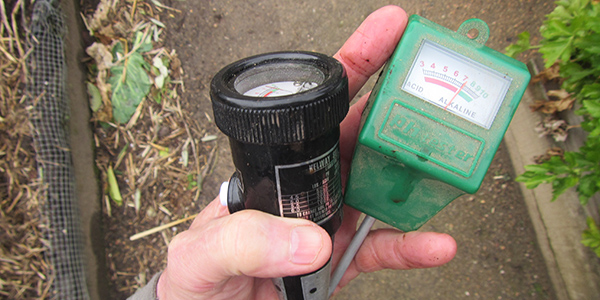Asparagus is a perennial vegetable that dies back in winter and produces shoots when the weather warms up in the spring. The energy to produce these shoots is stored in thick rhizomes under the ground. Over time these rhizomes build up, creating a thick impenetrable mass that makes it hard to cut the asparagus below the soil line. This pages shows my method of breaking up this rhizome mass to make it easier to harvest the asparagus shoots.

In the first few years the asparagus rhizomes are fairly loose, allowing the shoots to be harvested three to five centimetres below ground level.
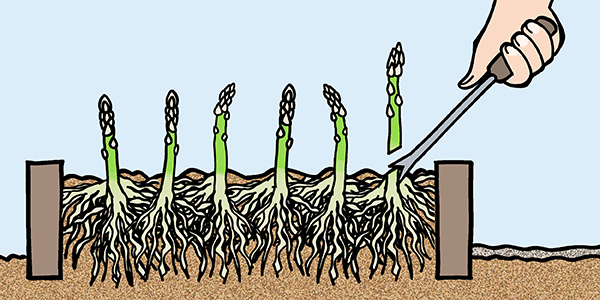
After several years the rhizomes form a tight mass that makes it hard to cut the asparagus below the ground. While it is ok to cut asparagus at ground level by doing this you are missing out most of the white part of asparagus shoot and not making full use of the asparagus crop.
1. dig a trench in the asparagus bed
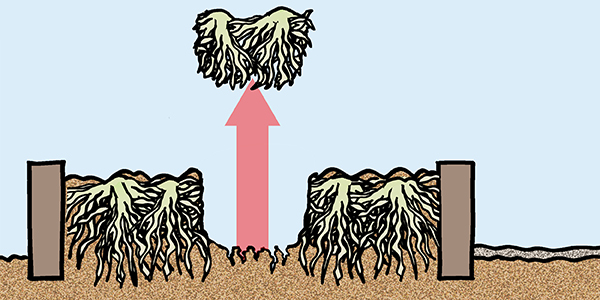
I usually dig a trench about 25 to 30 cm wide and of a similar depth. The trench can be anywhere on the bed, it depends on where the rhizomes are thickest. Note that this is only done when the asparagus is dormant in mid-winter and after last year’s asparagus leaves have been removed. For information on removing last year’s asparagus leaves see: PREPARING AN ASPARAGUS BED FOR SPRING.
Video of a trench being dug in an established asparagus bed. As you can see established asparagus rhizomes are tough, you will need a mattock to remove them.
2. Backfill with animal manure and top off with soil
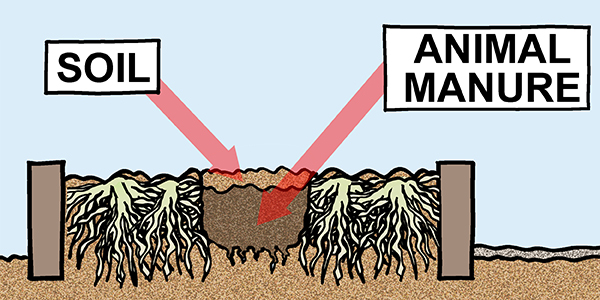
I usually use pure sheep or cow manure, sometimes mixing it with blood and bone and a bit of compost. I do not recommend using fresh chicken manure as its high nitrogen content can burn vegetable roots. If using chicken manure, make sure it is well rotted down and mix it with plenty of compost to dilute it.
3. Allow the aparagus to grow back into manure
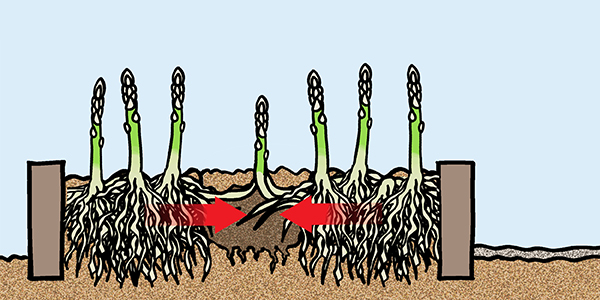
Asparagus is a slowly spreading plant, it will naturally grow back into the manure filled hole during the following growing season. In doing so it will take advantage of this concentration of fertilizer buried in the hole to boost the growth of the asparagus bordering the edges.
In the following growing season, no asparagus shoots can be harvested in the trenched area. But as I only ever trench about 10 to 15% of the asparagus bed and asparagus plants on the edge of the manure filled trench benefit from the fertiliser boost I can see no discernible drop in asparagus harvest in the years that I do trench my asparagus bed. I usually trench the bed about every three years, but in a different part each time I do it.
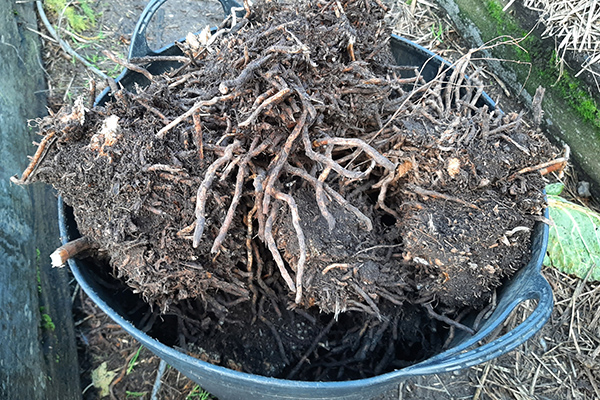
The asparagus rhizomes that are dug up will readily transplant to a new bed. I initially used the ones that I dug up to create a second bed but these days I give them away to other gardeners.
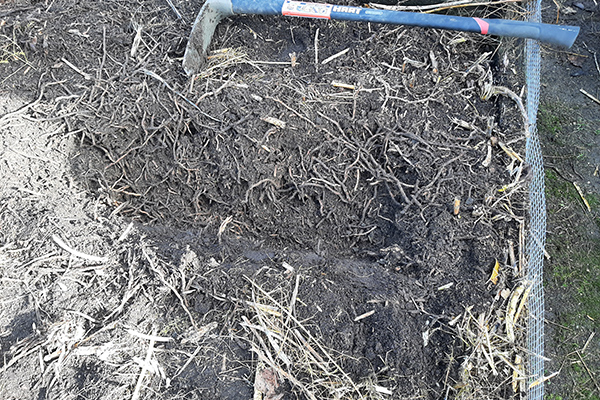
The trench that I dug this winter (2022) and the mattock that I used to dig it.


